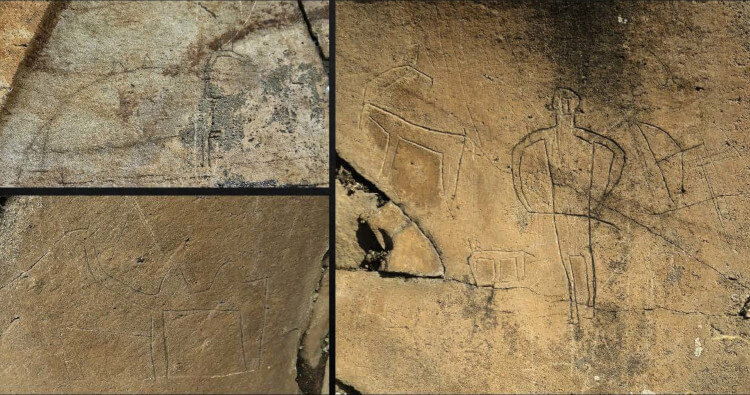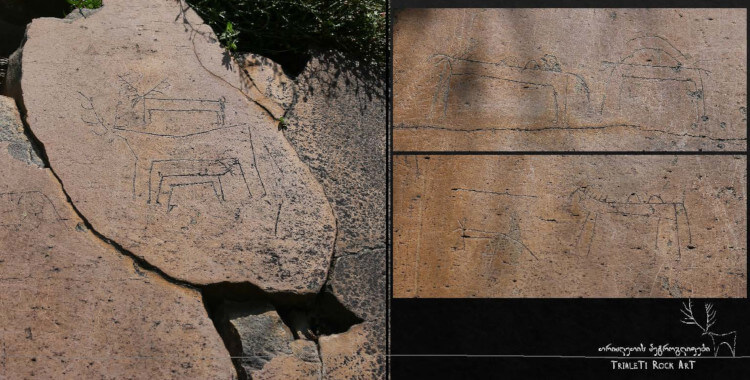Georgia to host 2020 Assembly of European Prehistoric Rock Art Trails

A cultural heritage monument site in Trialeti, about 100km west of Tbilisi, is the location for some of the major rock art examples on the country's territory. Photo via Cultural Routes of Georgia.
Georgia will be the host country for an anniversary Assembly of the Council of Europe Prehistoric Rock Art Trails next year, bringing together scientists and historians studying the "art of the first Europeans".
At this month's General Assembly in Valcamonica, Italy, organisers approved a decision to pick Georgia as the destination for the 2020 gathering.
The news for the hosting of the 10th anniversary assembly in Georgia follows the 2017 addition of ancient rock carvings found on the territory of the country to the Europe-wide network. The admission itself followed the acceptance of the National Agency for the Cultural Heritage Preservation of Georgia as a full member of the ancient trails international association the same year.
A delegation from the Georgian agency was present at this year's assembly in Valcamonica - a UNESCO World Heritage Site in Italy's north.

The Trialeti samples of carved figures were added to the CoE Prehistoric Rock Art Trails in 2017. Image via Cultural Routes of Georgia.
The team of Georgian scientists presented measures and plans of state agencies in the country with relation to prehistoric rock art sites.
One of the major locations featuring ancient carvings on the country's territory is found among cave formations in Trialeti, about 100km west of capital Tbilisi.
Dated back between the late Pleistocene (the era ran about 2,588,000 to 11,700 years ago) to Holocene (about 11,700 years to present), the site has been designated as a cultural heritage monument.
The Council of Europe's Prehistoric Rock Art Trails programme brings together European rock art destinations dating from 42,000 years ago and through the Upper Palaeolithic, Neolithic, Copper and Bronze ages.
The current CoE cultural route includes 112 sites hosting over 1.9 million visitors annually.
 Tweet
Tweet  Share
Share